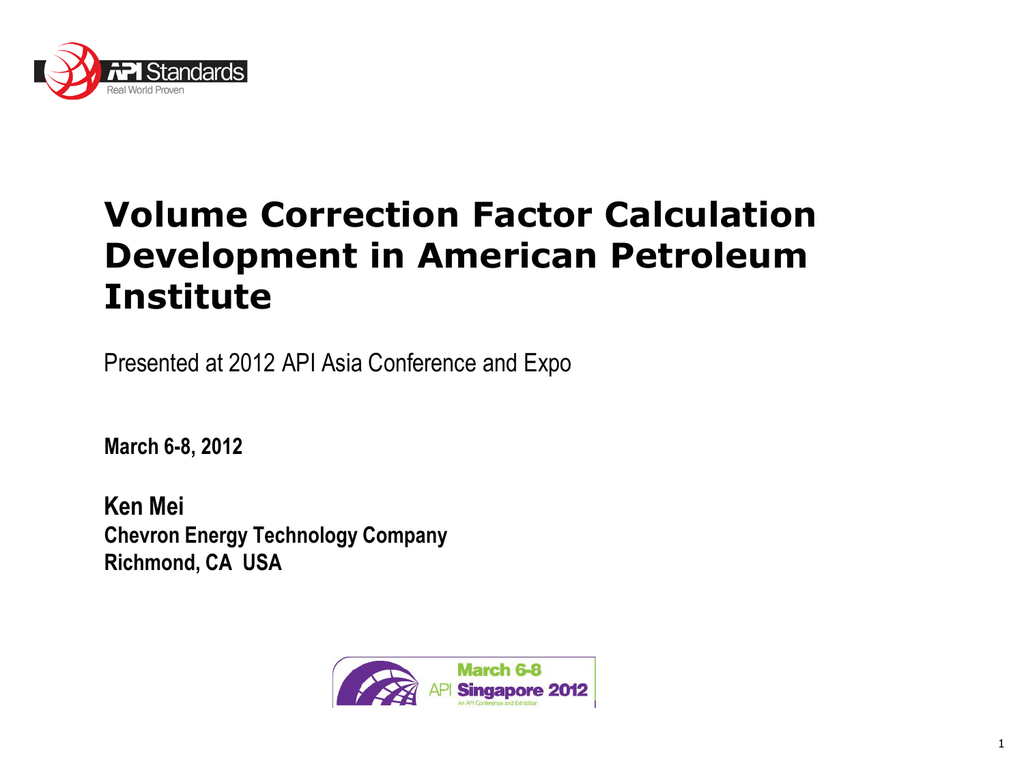

In combination with a dose- volume histogram, it will be a more useful conformity index.


The results from our analysis show that the proposed MCI can provide more objective and accurate conformity measurement for high-precision radiation therapy. The three types of MCI agree with each other, and comparisons between the MCI and CI(Paddick) are also provided. The results of MCI for a simulation model and clinical practice are presented and the measurements are corrected for limited spatial resolution. The measurements of MCI in head-neck cancers treated with intensity-modulated radiation therapy and volumetric-modulated arc therapy provide a window on its clinical practice. We can constrain the potential advantage of the new index by comparing MCI with CI(Paddick). Focusing on the simulation model, measurements of MCI employ a sphere target and three types of reference doses: a sphere, an ellipsoid and a cube. Extended volume is generated by expanding the original volume by 0.1-1.1 cm isotropically. It is shown for three cases: with an extended target volume, with an extended reference dose volume and without an extended volume. In this paper, the MCI is similar to the conformity index suggested by Paddick (CI(Paddick)), but with a different correction factor. We propose a modified conformity index (MCI), based on extended volume, that improves on existing indices by correcting for the insensitivity of previous conformity indices to reference dose shape to assess the quality of high-precision radiation therapy and present an evaluation of its application. Calibration factors and volume correction factors have been derived for the NPL secondary standard radionuclide calibrator, for a variety of commonly used syringes and needles, for the most commonly used medical radionuclide.Ī novel correction factor based on extended volume to complement the conformity index. For some radionuclides variations have been observed of 70 %, it is therefore important to recalibrate for syringes or use syringe calibration factors. The magnitude of these differences depends on the energies of the emitted photons. Because of the different geometries and elemental compositions between plastic syringes and glass vials, the calibration factors for syringes may well be significantly different from those for the glass containers. The activity assay of a radiopharmaceutical administration to a patient is normally achieved via the use of a radionuclide calibrator. Syringe calibration factors and volume correction factors for the NPL secondary standard radionuclide calibrator The use of this table is illustrated with examples. A table showing the volume corrected TDF is presented for various volumes and dose rates for continuous irradiation. A normalising volume of 70 cc has been suggested for both CRE and TDF concepts for brachytherapy. The derived volume correction factors for TDF and for CRE differ fromthe one assumed for CRE by Kirk et al. Paterson's clinical data about the maximum tolerance doses for various volumes of interstitial implants with Ra-226 delivered in seven days was made use of in deriving volume correction factors for TDF and CRE concepts respectively for brachytherapy. International Nuclear Information System (INIS)

Volume correction factor in time dose relationships in brachytherapy


 0 kommentar(er)
0 kommentar(er)
